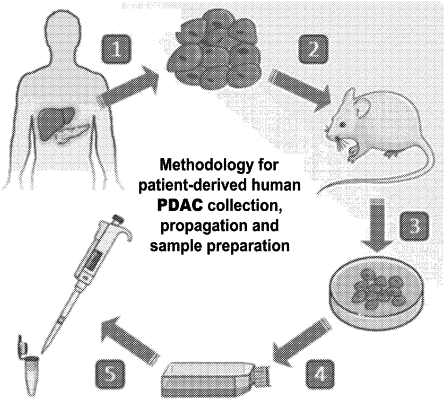| CPC G01N 15/1056 (2013.01) [B01L 3/502761 (2013.01); G01N 15/1031 (2013.01); B01L 2200/027 (2013.01); B01L 2200/0652 (2013.01); B01L 2200/10 (2013.01); B01L 2300/0645 (2013.01); B01L 2400/0424 (2013.01)] | 30 Claims |

|
1. A method of operating a microfluidic chip, the method comprising:
flowing a sample comprising biologic or particle components in a plurality of microfluidic channels of the microfluidic chip, including an upstream microfluidic channel and a plurality of downstream microfluidic channels, wherein the upstream microfluidic channel is connected to the plurality of downstream microfluidic channels;
applying a first set of electric field across a first set of one or more electrodes located in the upstream microfluidic channel to selectively urge the biologic or particle components into one or more lanes of a plurality of lanes in a flow to continuously separate the biologic or particle components to channel inlets of the plurality of downstream microfluidic channels;
applying a second set of electric field across a second set of one or more electrodes located in at least one downstream microfluidic channel of the plurality of downstream microfluidic channels, including in a first downstream microfluidic channel; and
interrogating, via the second set of one or more electrodes, electrical responses of the separated biologic or particle components in the at least one downstream microfluidic channel, including electrical responses of the separated biologic or particle components in the first downstream microfluidic channel,
wherein the electrical responses are analyzed via impedance magnitude-based contrast and/or impedance phase-based contrast for quantification and/or analysis of the separated biologic or particle components in at least the first downstream microfluidic channel, and
wherein the applied first set of electric field continuously separates the biologic or particle components into a second downstream microfluidic channel of the plurality of downstream microfluidic channels, wherein the biologic or particle components sorted to the second downstream microfluidic channel has a different permittivity or conductivity characteristics to the biologic or particle components sorted to the first downstream microfluidic channel based on impedance characteristics of the biologic or particle components.
|